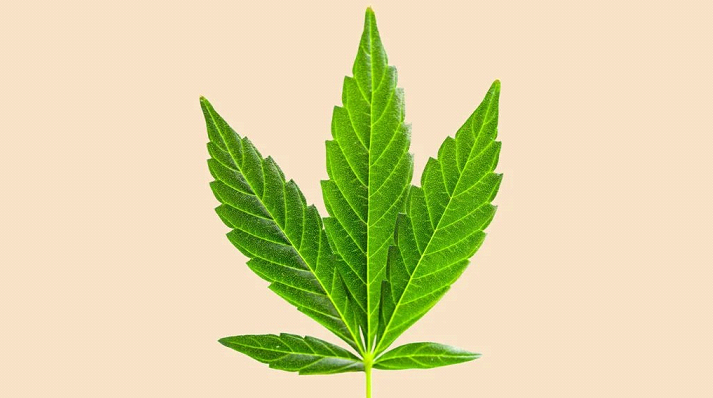Dive In Types of Plants
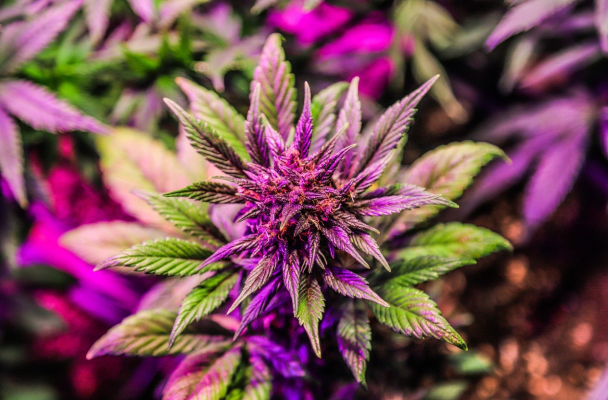
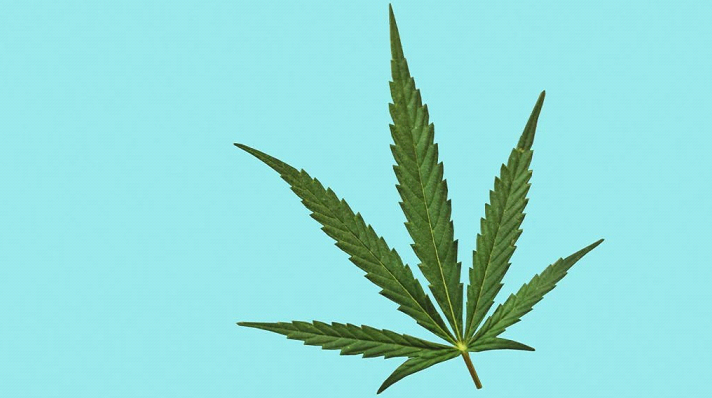
Sativa in-depth
⦁ Origin: Cannabis sativa is found primarily in hot, dry climates with long sunny days. These include Africa, Central America, Southeast Asia, and portions of Western Asia.
⦁ Plant description: Sativa plants are tall and thin with finger-like leaves. They can grow to about 6 feet (ft) or 2 meters (m). They take longer to mature than some other types of cannabis.
⦁ Typical CBD-to-THC ratio: Sativa often has lower doses of CBD and higher doses of THC, whereas indica tends to have less THC than CBD.
⦁ Commonly associated effects of use: Sativa often produces a “mind high” or an energizing, anxiety-reducing effect.
⦁ Daytime or nighttime use: Because of its stimulating effects, sativa is often used in the daytime.
Indica in-depth
⦁ Origin: Cannabis indica is native to Afghanistan, India, Pakistan, and Turkey. The plants have adapted to the often harsh, dry, and turbulent climate of the Hindu Kush mountains.
⦁ Plant description: Indica plants are short and stocky with bushy greenery and chunky leaves that grow wide and broad. They grow faster than sativa, and each plant produces more buds.
⦁ Typical CBD-to-THC ratio: Indica strains often have higher levels of CBD, but the THC content isn’t necessarily less.
⦁ Commonly associated effects of use: Indica is sought after for its intensely relaxing effects. It may also help reduce nausea and pain and increase appetite.
⦁ Daytime or nighttime use: Because of its deep relaxation effects, indica is typically consumed at night.
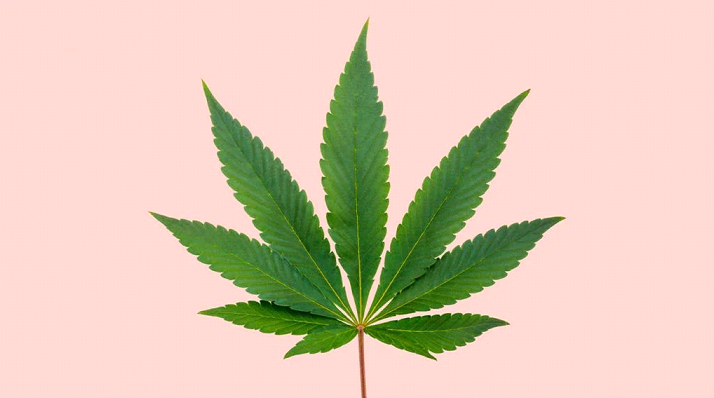
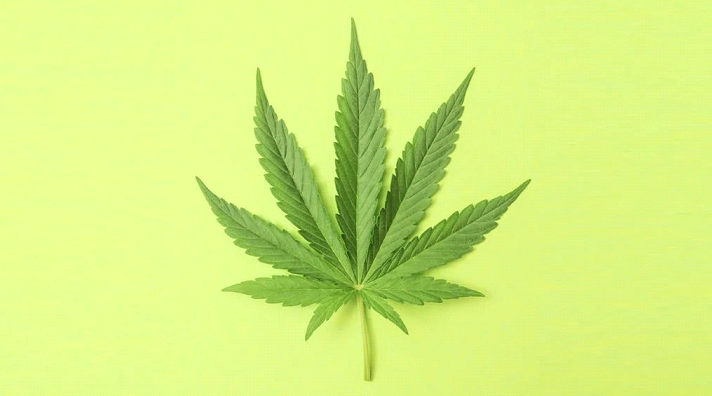
Hybrid in-depth
Each year, cannabis growers produce new and unique strains from different combinations of parent plants. These cannabis hybrids are often grown to target specific effects.
⦁ Origin: Hybrids are typically grown on farms or in greenhouses from a combination of sativa and indica plants.
⦁ Plant description: The appearance of hybrid strains depends on the combination of the parent plants.
⦁ Typical CBD-to-THC ratio: Many hybrid cannabis plants are grown to increase the THC percentage, but each type has a unique ratio of the two cannabinoids.
⦁ Commonly associated effects of use: Farmers and producers select hybrids for their unique effects. They can range from reducing anxiety and stress to easing symptoms of chemotherapy or radiation.
⦁ Daytime or nighttime use: This depends on the hybrid’s predominant effects. Hybrids are typically classified as indica-dominant (indica-dom), sativa-dominant (sativa-dom), or balanced.
Ruderalis in-depth
On its own, Cannabis ruderalis isn’t a popular cannabis option. However, cannabis farmers may breed ruderalis with other cannabis types, including sativa and indica.
The plant’s rapid growth cycle is a positive attribute for producers, so they may want to combine more potent strains with ruderalis to create a more desirable product.
⦁ Origin: Ruderalis plants adapt to extreme environments, such as Eastern Europe, the Himalayan regions of India, Siberia, and Russia. These plants grow quickly, which is ideal for the cold, low-sunlight environments of these places.
⦁ Plant description: These small, bushy plants rarely grow taller than 12 inches (in), but they grow rapidly. One can go from seed to harvest in little more than a month.
⦁ Typical CBD-to-THC ratio: This strain typically has little THC and higher amounts of CBD, but it may not be enoughTrusted Source to produce any effects.
⦁ Commonly associated effects of use: Because of its low potency, ruderalis isn’t routinely used for medicinal or recreational purposes.
⦁ Daytime or nighttime use: This cannabis plant produces few effects, so it can be used anytime.
